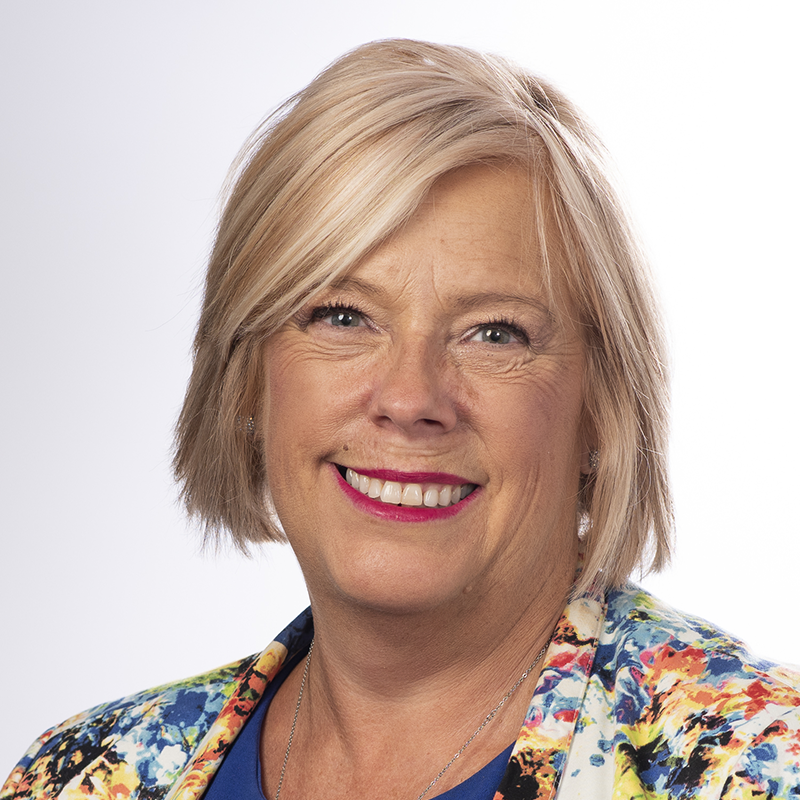When you talk to teachers about the new curriculum, there are different points of view. Some dislike it. Some are indifferent. Some see both positives and downsides. And a few like it. However, no matter where you sit on the spectrum of opinions, if you are teaching one of the three implemented subjects, you must teach it. How will the change in curriculum impact teachers’ day-to-day planning, instruction and assessment? The short version is—not a lot. The majority of teachers’ practices can remain the same.
Let’s start with a quick reminder of what subjects and grades are currently being implemented. English language arts and literature and mathematics are being implemented for kindergarten to Grade 3, and grades 4 to 6 are available for optional implementation. Also, elementary schools are implementing physical education and wellness for kindergarten to Grade 6. More information on curriculum implementation and piloting can be found on the new LearnAlberta website.
While it is true there are changes to what is in the curriculum, how the curriculum is taught is still up to the teacher. If you walked into classrooms before the pandemic, you might have seen teachers using guided reading and writing, a workshop approach, read-aloud modelling and various other instructional approaches. Many of these approaches were reimagined during remote and online instruction.
Many tried-and-true practices will still work with much of the new curriculum content. Students will continue to learn language through reading, writing, listening, speaking, viewing and representing. The 2022 English language arts and literature curriculum has more explicit language and specific content teachers must attend to. In kindergarten to Grade 3, the biggest change is probably the added phonological awareness and phonics component; the previous curriculum did not spell out (pun intended) the phonological awareness and phonics content to the same degree that the new curriculum does.
It is also unlikely that teachers will need to change their teaching practice drastically for mathematics. For example, most math activities that worked with the previous curriculum will continue to help students learn and practice mathematical concepts and skills. Teachers will find that some of the content has shifted into different grades. For example, Grade 1 students will now learn about fractions. However, starting with the concrete and working up to pictorial and abstract will continue to be an effective approach for fractions and many other mathematical concepts.
In my opinion, the place with the most significant change is Grade 3 mathematics. For example, previously, Grade 3 students needed to know place value up to 1,000. Now, students learn place value up to 100,000. That is a big jump. However, the methods teachers use to teach place value to Grade 3 students are unlikely to change. Teaching students to recognize the relationship between place value and patterns will help them understand place value up to 100,000. It is also important to remember that students have all year to achieve the learning outcomes. So, while Grade 3 students now have to learn place value up to 100,000, they have the entire year to do so.
The final subject is physical education and wellness. It replaces the 2000 health and life skills and the 2000 physical education curriculum. While the name has changed, the minutes of instruction remain unchanged, as physical education and health previously shared minutes of instruction. The updated guide to education has the minutes of instruction at 10 per cent for physical education and wellness. As with the other two subjects, yes, some new content and concepts may require teachers to find new resources or activities, such as consent and financial literacy. However, students still need to be active and have time in the “gym” or alternative environments and still need time to learn concepts traditionally associated with health.
Curriculum change does mean change. However, it does not mean changing everything. Teachers should review the new curriculum and identify the new content they need to address. Yes, teachers will need to spend time planning how to address this new content. However, it will be equally important for teachers to give themselves permission to continue using the quality instructional approaches, processes, strategies and resources they have honed and gathered over the years for most of the content. And even before thinking about curriculum and instructional strategies, starting with where their students are at will be important.
I recommend teachers visit the new LearnAlberta website to better understand the new curriculum and watch the posted on-demand professional learning videos. Also, remember that your colleagues are going through this too. Reach out, collaborate and share the load. ❚
Colette Mondor is a curriculum and learning supports program co-ordinator for Edmonton Public Schools.

ATA Curriculum Committee Member


